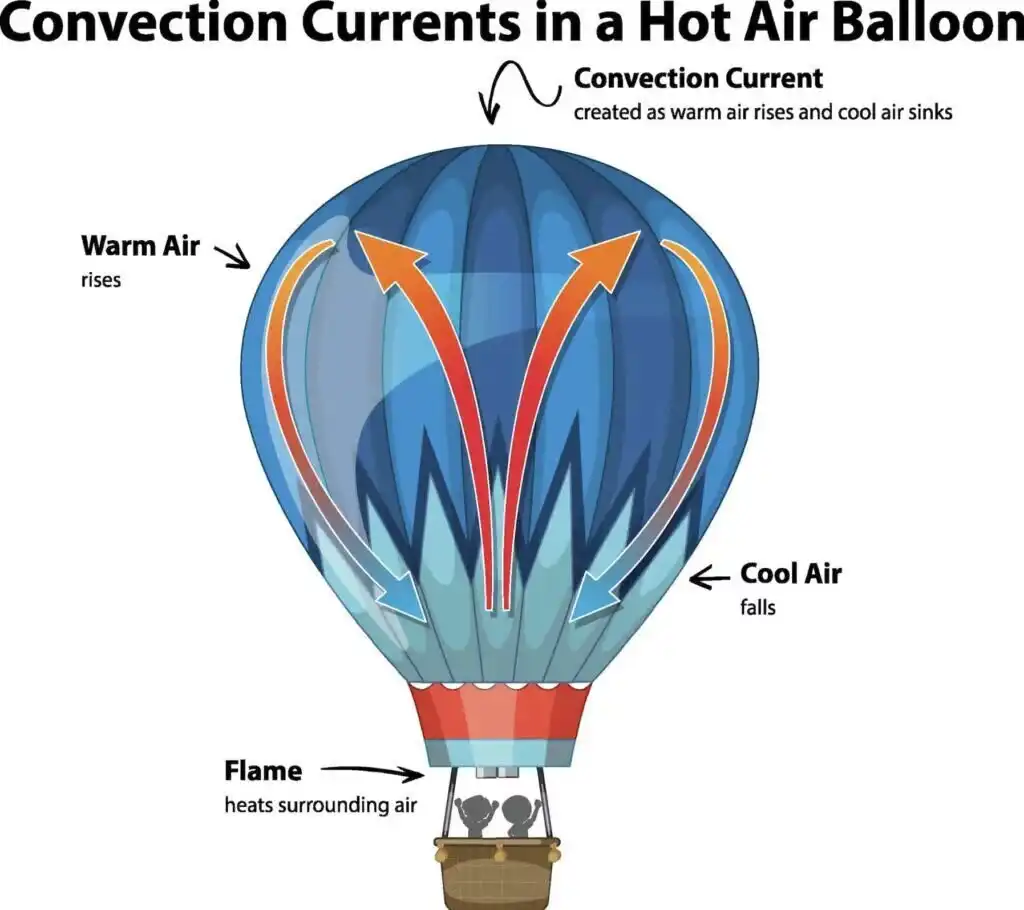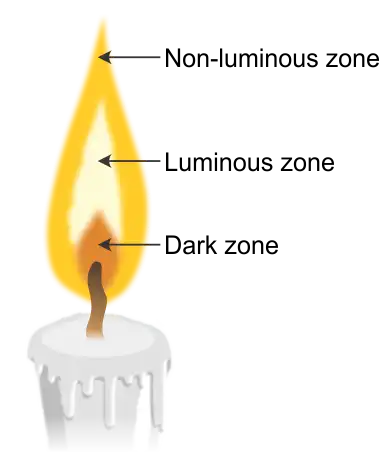Have you ever noticed how flames always dance upwards, defying gravity? It’s a mesmerising sight, but have you ever wondered why it happens? Let’s dive into the science behind this enchanting phenomenon.

The Dance of Flames
Imagine lighting a candle or watching a bonfire crackle. What do you see? Flames, flickering and swaying, always reaching for the sky. But why do they do that?

The Role of Heat
To understand this, we need to talk about heat. When you light a match or ignite a candle, you’re causing a chemical reaction called combustion. This reaction releases heat and light, creating what we know as fire.

Convection Currents
Now, here comes the interesting part. When something burns, it releases hot gases. These gases are lighter than the surrounding air because they’re hotter. And what does lighter hot air do? It rises! This rising motion creates something called a convection current.

Up, Up, and Away
As the hot gases rise, they create a sort of ‘chimney’ effect. Picture a chimney in your house – smoke rises through it because it’s warmer than the air outside. Similarly, the rising hot gases from a flame create an upward draft. This draft pulls more air towards the flame, feeding it and making it burn brighter.

Gravity’s Role
Now, you might wonder, what about gravity? Doesn’t it pull everything downwards? Absolutely! But in this case, the force of gravity is overcome by the upward force created by the rising hot gases. It’s like a tug-of-war, with the buoyant force of the hot gases winning the battle.

The Physics of Flames
To understand this better, let’s talk about physics. There’s a principle called buoyancy, which explains why objects float or rise in a fluid. In this case, the hot gases act like a fluid, and the flame behaves like an object floating in it.

Flame Structure
If you could zoom in on a flame, you’d see that it’s not a solid entity. Instead, it’s made up of different zones. At the bottom, there’s the dark zone where combustion happens. Above that is the luminous zone, where most of the light is emitted. And finally, there’s the non-luminous zone, where the hottest gases are found.

Conclusion
So, there you have it! Flames burn upwards because of the heat they produce, which creates convection currents that drive them skyward. Despite gravity’s pull, the buoyant force of the hot gases overcomes it, leading to the mesmerising dance of flames we see.
Next time you light a candle or gather around a campfire, take a moment to appreciate the science behind the dancing flames. It’s a beautiful reminder of how the natural world is full of wonders waiting to be explored.
For more interesting articles, please visit www.kidzherald.com





